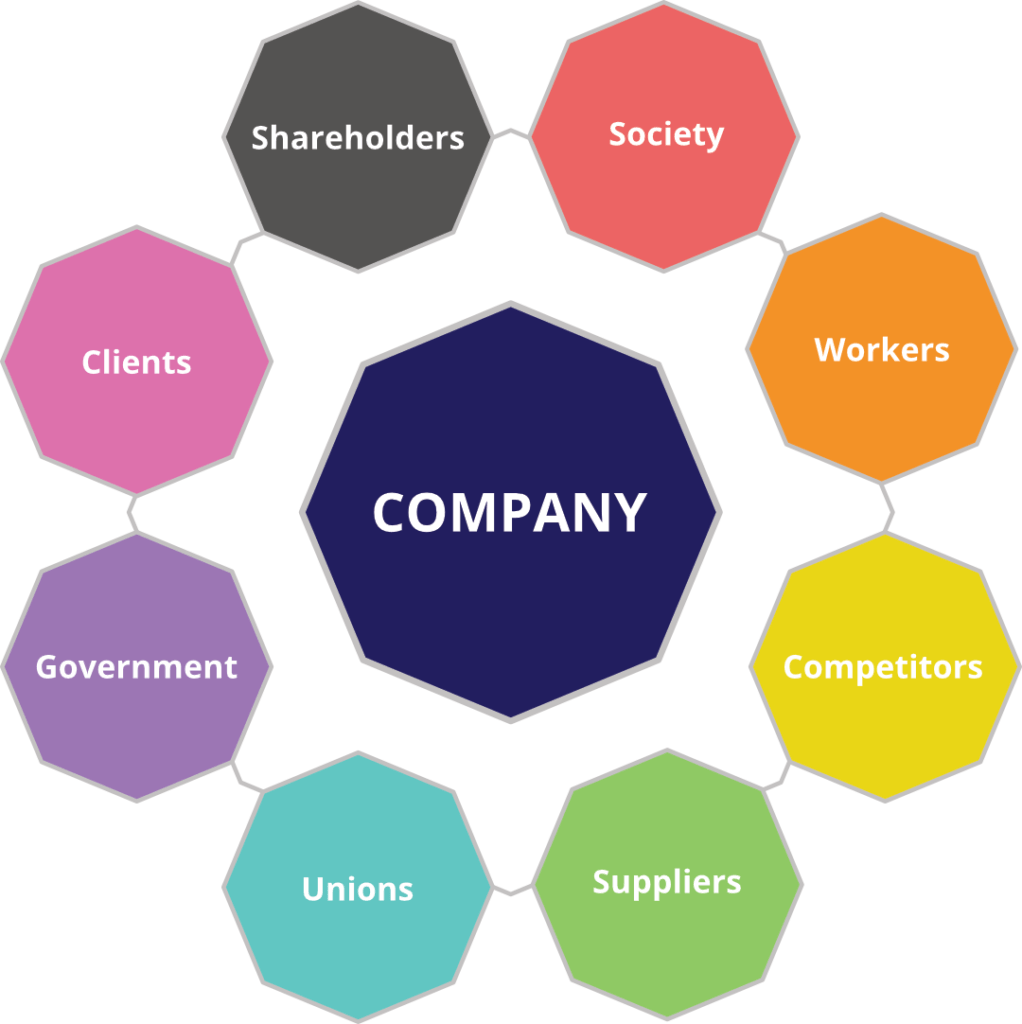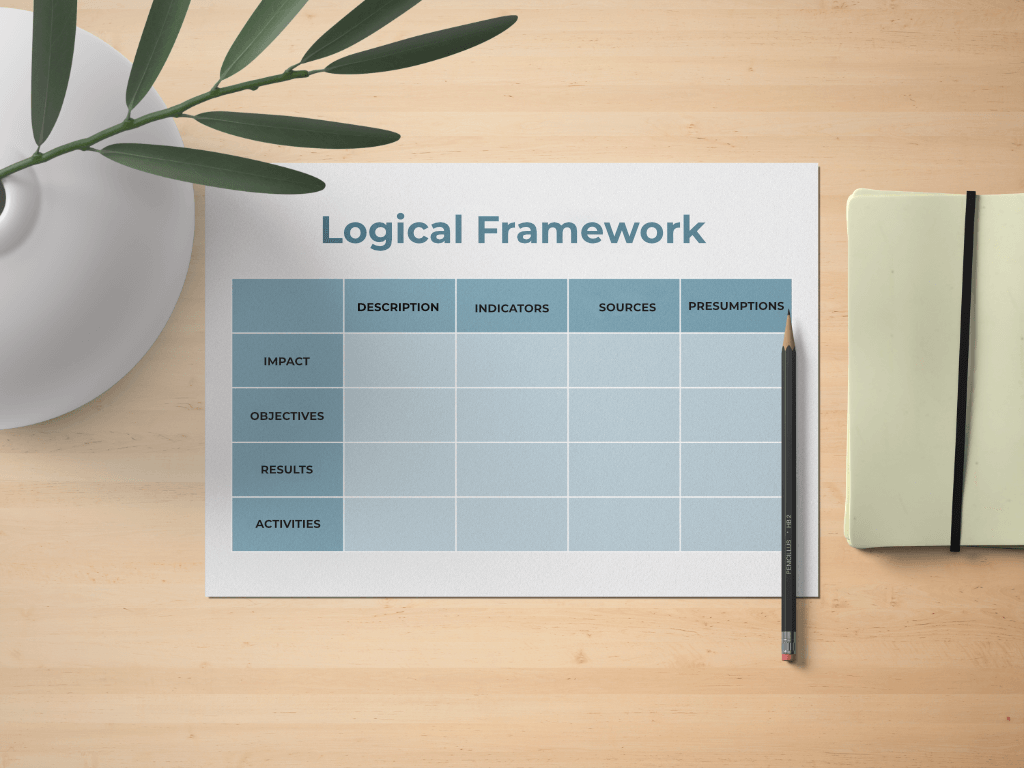If you’ve read any ESG material, you’ve probably come across the term stakeholders.
Stakeholders are the interested parties in an organization who can affect or be affected by it. They can be made up of individuals, groups or organizations. In a typical organization they are its investors, employees, customers, service providers and suppliers, however, with the rise of ESG, we see the growing inclusion of community representatives and government bodies.
All are important, as their influence can positively or negatively affect a project or organization.

Types of Stakeholders
By definition, we realize that there are many stakeholders in a company or project. In order to better identify them, we can divide them into two main groups: internal and external stakeholders. Let’s take a look at both.
Internal
They are inside the organization and directly impacted by its decisions. This can include employees, owners, the board of directors, project managers, investors and many more.
External
These are outside the organization and are indirectly impacted by the project. They are affected by the organization’s work, but are not employees of the organization. These people can be suppliers, clients, creditors, customers, intermediaries, competitors, society, the government and many more.
Stakeholders vs Shareholders
Shareholders are the shareholders of a company.
All stakeholders have an attachment to a company for some kind of personal interest, usually long-term and for reasons of necessity. A shareholder has a financial interest, however they can sell their shares; they don’t necessarily have a long-term interest and can usually leave at any time.
For example, if a company has a poor financial performance, suppliers may suffer from limited production. Similarly, the company’s employees may lose their jobs. However, shareholders can sell their shares and limit their losses.
Stakeholder Capitalism
Term coined by the German engineer and economist Klaus Schwab and means: “a form of capitalism in which companies do not just optimize short-term profits for shareholders, but seek long-term value creation, taking into account the needs of all their stakeholders and society in general.”
Klaus Schwab was the founder of the World Economic Forum, the organization that holds the Davos Forum, where world leaders meet to discuss pressing issues facing the world, including health and the environment.
Stakeholder Management
Stakeholder Management requires organizations to identify, engage with and understand stakeholder perspectives on key issues, reflecting on how they should be addressed in the decision-making process.
When done effectively, it strengthens an organization and ensures its long-term success. When done badly, it can increase an organization’s financial and non-financial risk profile and lead to major damage to its reputation.
Maintaining a clear and consistent dialogue with stakeholders enables organizations to better understand the environment in which they operate.
The benefits of stakeholder management include:
- Knowledge sharing;
- Effective decision-making;
- Increased mutual trust;
- Better risk management and accountability;
- It can lead to cost reduction and value creation.
4 Steps to Effective Stakeholder Management
Following the PMDPro methodology, we have defined 4 stages for efficient management:
- Identification
Survey of the company’s focal points, classifying stakeholders into categories. - Analysis
This stage involves mapping the influence of stakeholders, using matrices and Venn diagrams. - Involvement
The roles, responsibilities, authority and communication of the different project participants and their relationships with the appropriate stakeholders are clearly defined. - Communication
All the information is consolidated in order to communicate the final result of the Stakeholder Matrix to the stakeholders.
Identifying and managing stakeholders is an essential part of developing a company’s ESG and is an integral part of creating a materiality matrix.
Want to know more about ESG? Visit our blog post “What is ESG?”.






